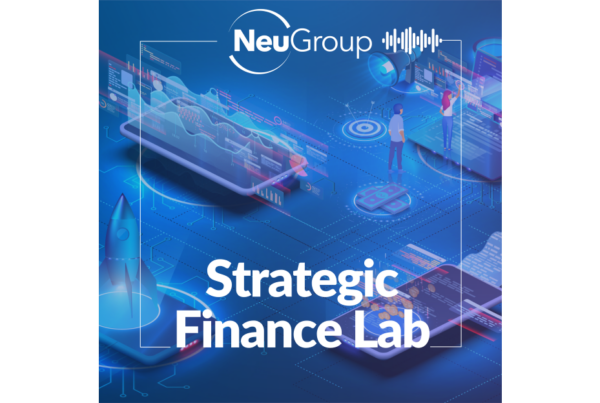
Five areas of focus for treasury teams embarking on new analysis of capital structure as the outlook for rates changes.
Capital structure analysis has taken on added importance and complexity for corporate treasurers who piled on liquidity to survive the pandemic but are now “skeptical about keeping a large chunk of change around,” as one member put it at a recent meeting of NeuGroup for Large-Cap Treasurers.
- NeuGroup senior executive advisor Roger Heine, a former investment banker experienced in helping companies analyze capital structure, highlighted the ongoing challenges treasury teams face, including significant price pressures and uncertainly about future inflation; negative real interest rates even out to 30 years on inflation-adjusted US treasuries; and ebullient equity and credit markets seemingly oblivious to these economic challenges.
- Mr. Heine reviewed a handful of areas which should be part of any capital structure analysis:
Debt levels and credit ratings. Academic arguments for using debt as a tax shield have been diluted by factors including low corporate tax rates, various limitations on interest expense deductibility, and lower investor tax rates applied to dividends and capital gains relative to interest income, Mr. Heine said.
- The biggest argument for debt today is the absolute low level of interest rates; the Fed’s suppression of rates is effectively subsidizing debt incurrence.
- For large borrowers, however, investment-grade ratings are needed to maintain large amounts of debt and avoid restrictive high-yield debt covenants.
- One member said his company’s problem is not debt but rather restoring EBITDA to levels so that the company’s debt-to-EBITDA ratio is commensurate with its target credit ratings.
- Another member noted the importance of access to commercial paper for many companies and the role CP plays in considering target ratings.
How much liquidity is enough? Events such as the 2008 financial crisis, Covid and supply chain disruptions have compelled many companies to draw up contingency plans which need to factor in rating agency expectations as well as war chests for possible major investments, Mr. Heine said.
- Liquidity includes not just cash, but bank lines and secured facilities including receivable financing.
- A few members noted how they still maintain higher-than-normal cash balances despite the low-rate environment because the experience of March/April 2020 is still fresh in their minds and that of their boards.
What to do with excess cash? From a capital allocation perspective, Mr. Heine noted that excess cash could either be used to reduce leverage or returned to shareholders.
- Reducing debt could also include making pension contributions to achieve deleveraging targets, especially for companies which took on debt following a strategic acquisition.
- Allocating cash to dividend payments has some value by signaling consistent growth and confidence in the future. But Mr. Heine pointed out that studies have indicated high dividend yields do not necessarily translate into higher stock market valuations.
- Many companies have resumed share repurchases paused at the outset of the pandemic, employing a variety of strategies allowing them to buy during price dips or using a price-agnostic approach. Most members do not believe that a 1% or 2% tax being contemplated on buybacks would have much impact on their buyback levels.
Cost of capital and understanding its costs. Estimating cost of capital is extremely challenging given very low interest rates while inflation is increasing, Mr. Heine said. He asked, rhetorically, whether a hurdle rate should be based on artificially low, riskless rates manipulated by the Fed.
- A better approach, he suggested, might be to forecast expected cash flows based on an average of both good and bad scenarios—not simply the most likely path and then solve for the discount price that produces today’s stock price.
Fixed/floating: What’s the correct balance? One member observed that there is a remarkably low cost of borrowing for both investment grade and high yield companies despite uncertainty about inflation.
- Terming out debt remains very attractive and is probably the best and cheapest hedge against long-term inflation risks, even if the Fed still manages to keep rates low. The debt service will become cheaper for companies over time if revenue and profits keep pace with inflation.
- A few members have significantly reduced interest expense by swapping fixed-rate bonds to floating. And while they understand that over time, floating-rate debt is cheaper, one member said it is getting harder to think that will be the case in the future based on the absolute level of rates and the likelihood of rate increases by the Fed.
- Certainly, having a large cash balance, which is effectively a floating-rate asset, makes having floating-rate debt a bit easier. Butt how that will play out as companies eventually reduce cash balances will be important to watch, Mr. Heine said.


